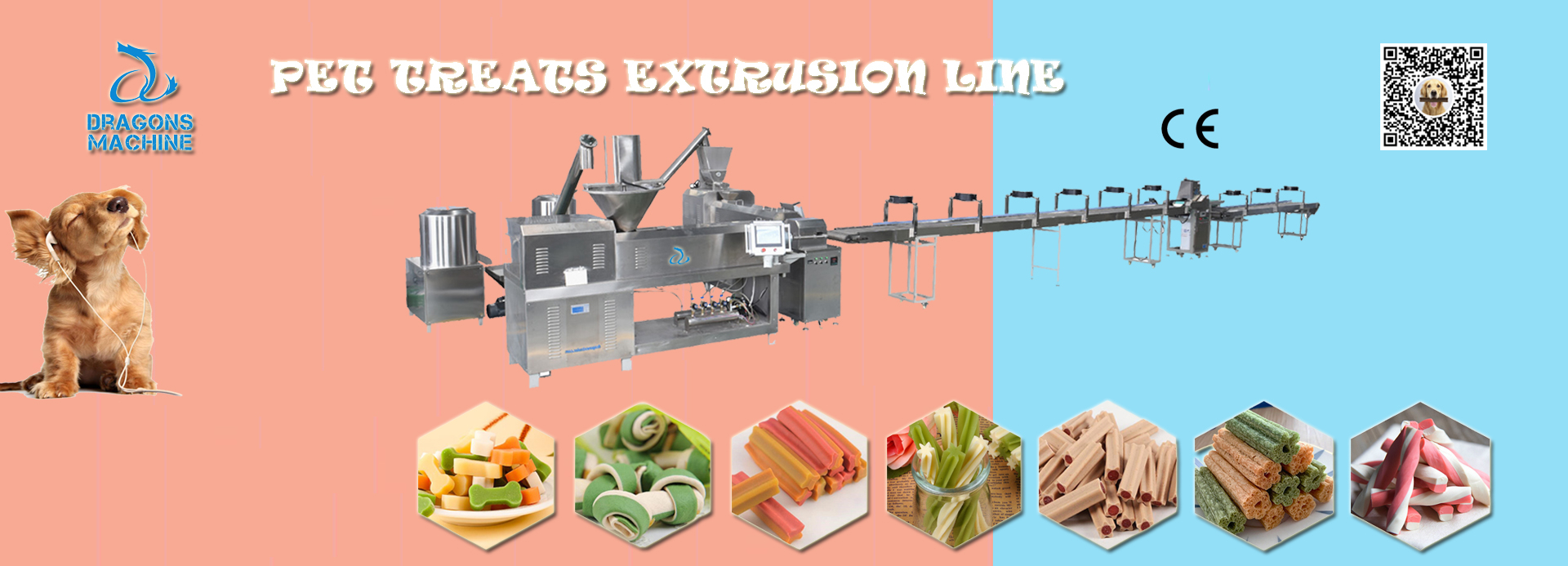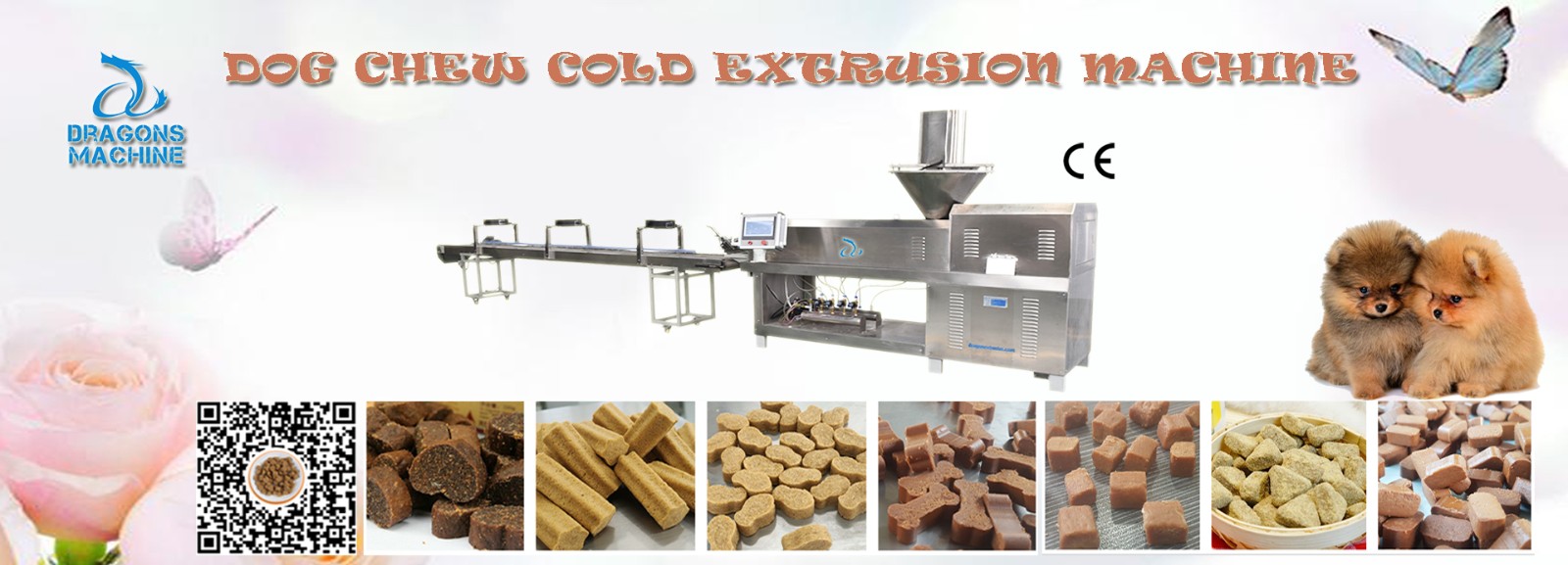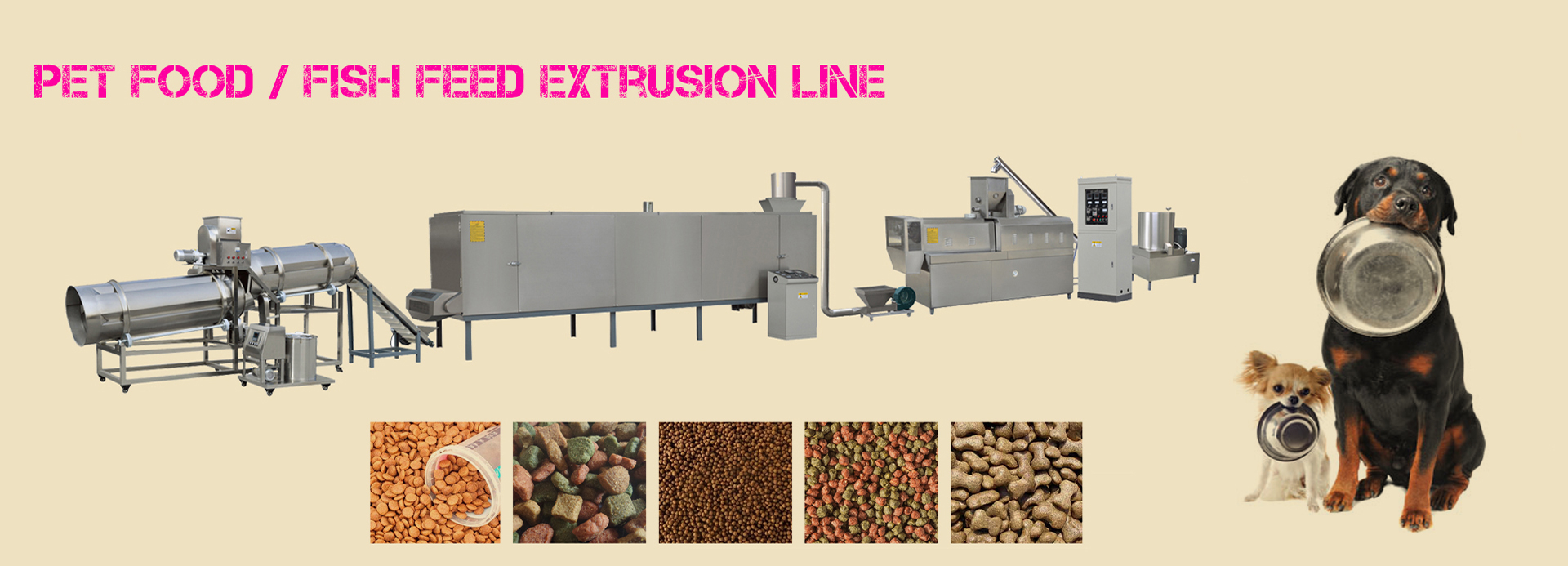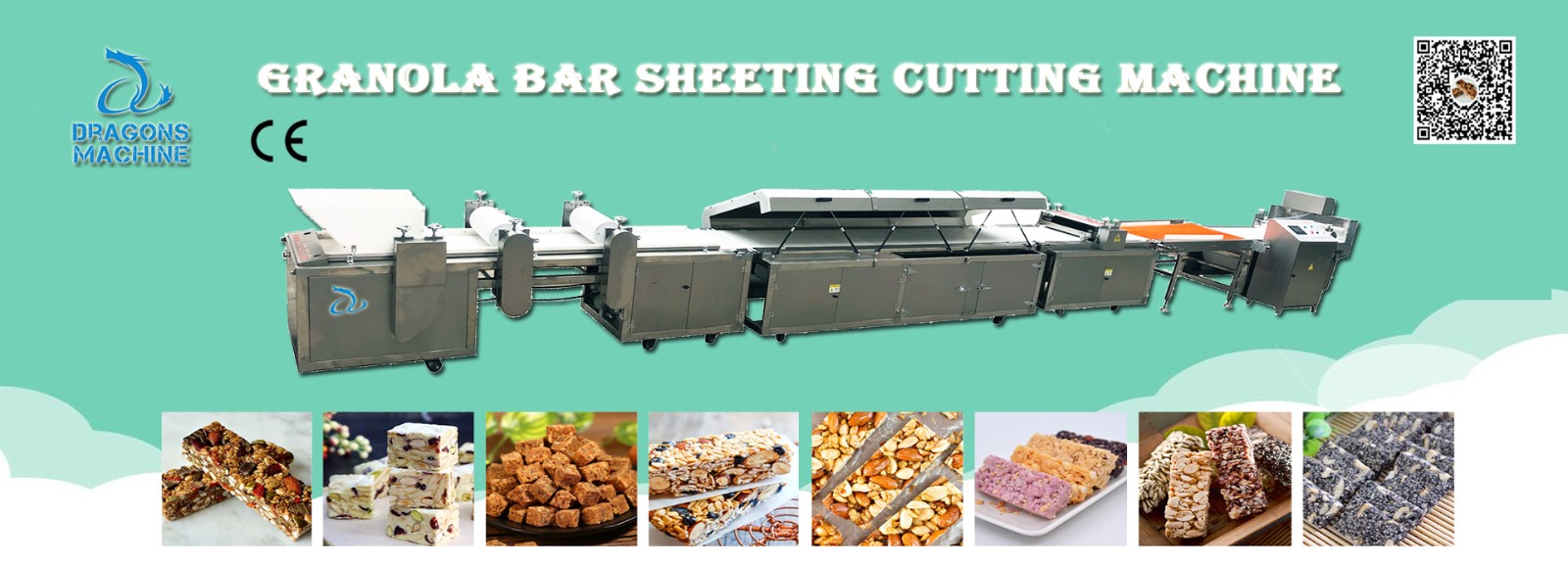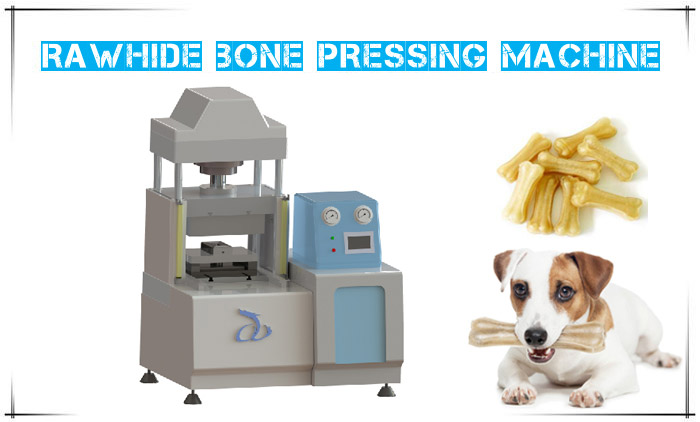
Pet food machines can make delicious pet food, but do you know how to store pet food? A concern for many pet owners is that storing pet food for too long can lead to pest contamination, food poisoning, or unpleasant smells for your pet. Read this article and you'll learn what you can do to keep your pet food fresh.
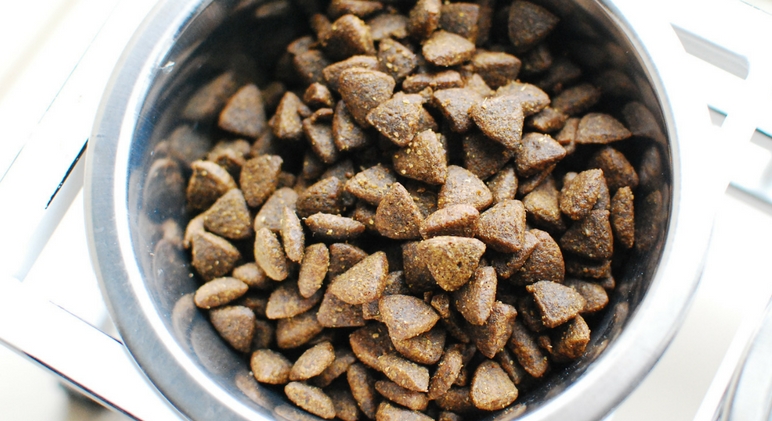
Look for Expiration Dates
Before buying any food for your pet, check the expiration date on the bag. It is common for organic brands to have a shorter shelf life than conventional dry food. To avoid waste or digestive problems, make sure you don't buy more than your pet can eat before the food expires.
Choose Sealed Packaging
Make sure the bag of food you buy is unopened and in good condition at the time of purchase. Some stores sell resealed dry food at a discount, but there is a risk in buying these repaired bags. It is risky to buy dog food that may have been exposed for some time.
Putting Dry Pet Food in the Original Bag
While it's tempting to dump a new bag of pet food into an airtight storage bin, it's actually better to store pet food in its original bag. You can certainly put the entire bag of food into another container, but keeping the food in the original packaging provides an additional barrier that helps seal in fats and oils and prevents food spoilage. Keeping food in its original bag also preserves the UPC code, lot number and "best by" date in case you experience any problems, such as product recalls or defects. Also, make sure to wash storage containers regularly and dry them completely before adding another bag, as moisture can encourage mold growth on food.
Keep It in the Freezer
The freezer is the best place to store your pet's food when there is too much food inside the bowl. Just like human food, freezing your pet's food will prevent bacteria from developing and will keep the food longer.
Store Pet Food in a Cool, Dry Place
Jinan Qunlong Machinery Co., Ltd. recommends that dry pet food should always be stored in a cool, dry environment below 100 degrees. Pet food exposed to temperatures of 120 degrees (such as a hot garage at the peak of summer) for more than 48 hours will accelerate spoilage and deplete the vitamins in the food. Canned foods are best stored in temperatures between 50 and 100 degrees.
Keep Pet Bowls and Spoons Clean
Many of us use measuring cups to make sure our pets get the right amount for their breed and size. These spoons should be cleaned regularly, as should the food bowls. Unwashed pet food bowls can produce bacteria, mold and other contaminants. Therefore, according to FDA regulations, pet food bowls should be cleaned after each use. Detergent is the best option for this, and it's also a good idea to have two sets of bowls so you always have some clean ones to use at mealtime.
No Mixing
When you get a new bag of dog food, it may seem convenient to simply dump it on top of what's left over from the last bag. The problem is that the old food at the bottom can go bad and contaminate the new food.
To avoid this, it's best to completely empty your dog's food container and wash it before adding new dry food. This helps ensure that your dog's food is always fresh and safe for your pup to enjoy.
Dry food is a convenient and healthy way to feed your furry friend. It provides the nutrition his body needs and saves you the effort of cooking. With our storage tips, it's easy to keep your puppy's food fresh and tasty. Follow proper storage practices to avoid contamination and pests while keeping your dog's food fresher for longer. These small tweaks to your storage habits will help keep your dog healthier and happier.
Are you interested in learning more about pet food and how they can benefit you? Contact us today to secure an expert consultation!
















